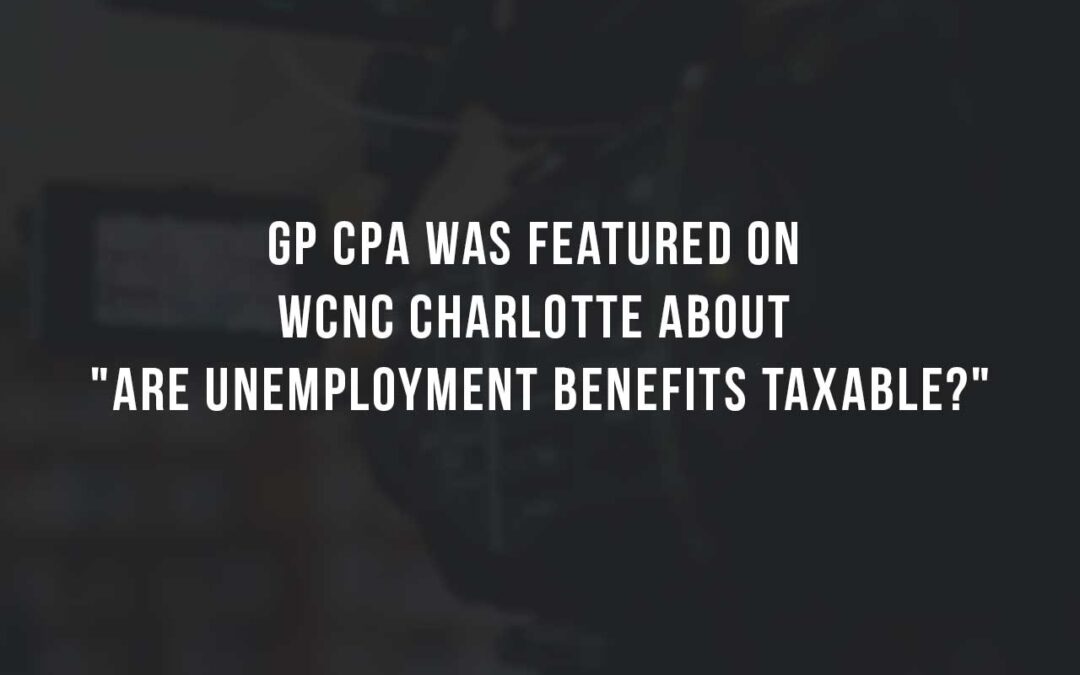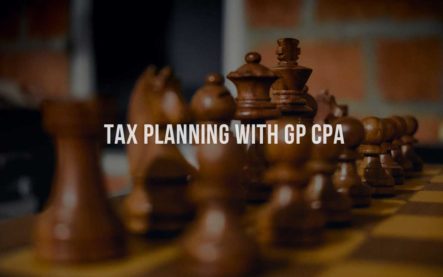Pros and Cons of 401K Loans & The Tax Impact of a Child’s Investment Income
Are You Sure You Want To Take That 401K Loan?
With summer headed toward its inevitable close, you may be tempted to splurge on a pricey “last hurrah” trip. Or perhaps you’d like to buy a brand new convertible to feel the warm breeze in your hair. Whatever the temptation may be, if you’ve pondered dipping into your 401(k) account for the money, make sure you’re aware of the consequences before you take out the loan.
Pros and cons
Many 401(k) plans allow participants to borrow as much as 50% of their vested account balances, up to $50,000. These loans are attractive because:
- They’re easy to get (no income or credit score requirements),
- There’s minimal paperwork,
- Interest rates are low, and
- You pay interest back into your 401(k) rather than to a bank.
Yet, despite their appeal, 401(k) loans present significant risks. Although you pay the interest to yourself, you lose the benefits of tax-deferred compounding on the money you borrow.
You may have to reduce or eliminate 401(k) contributions during the loan term, either because you can’t afford to contribute or because your plan prohibits contributions while a loan is outstanding. Either way, you lose any future earnings and employer matches you would have enjoyed on those contributions.
Loans, unless used for a personal residence, must be repaid within five years. Generally, the loan terms must include level amortization, which consists of principal and interest, and payments must be made no less frequently than quarterly.
Additionally, if you’re laid off, you’ll have to pay the outstanding balance quickly — typically within 30 to 90 days. Otherwise, the amount you owe will be treated as a distribution subject to income taxes and, if you’re underage 59½, a 10% early withdrawal penalty.
Hardship withdrawals
If you need the money for emergency purposes, rather than recreational ones, determine whether your plan offers a hardship withdrawal. Some plans allow these to pay certain expenses related to medical care, college, funerals, and homeownership — such as first-time home purchase costs and expenses necessary to avoid eviction or mortgage foreclosure.
Even if your plan allows such withdrawals, you may have to show that you’ve exhausted all other resources. Also, the amounts you withdraw will be subject to income taxes and, except for certain medical expenses or if you’re over age 59½, a 10% early withdrawal penalty.
Like plan loans, hardship withdrawals are costly. In addition to owing taxes and possibly penalties, you lose future tax-deferred earnings on the withdrawn amounts. But, unlike a loan, hardship withdrawals need not be paid back. And you won’t risk any unpleasant tax surprises should you lose your job.
The right move
Generally, you should borrow or take hardship withdrawals from a 401(k) only in emergencies or when no other financing options exist (and your job is secure). For help deciding whether such a loan would be right for you, please call us.
How To Assess The Impact Of A Child’s Investment Income
When they’re old enough to understand the concepts, some children start investing in the markets. If you’re helping a child learn the risks and benefits of investments, be sure you learn about the tax impact first.
Potential danger
For the 2016 tax year, if a child’s interest, dividends, and other unearned income totals more than $2,100, part of that income is taxed based on the parent’s tax rate. This is a critical point because, as joint filers, many married couples’ tax rate is much higher than the rate at which the child would be taxed.
Generally, a child’s $1,050 standard deduction for unearned income eliminates liability on the first half of that $2,100. Then, unearned income between $1,050 and $2,100 is taxed at the child’s lower rate.
But it’s here that potential danger sets in. A child’s unearned income exceeding $2,100 may be taxed at the parent’s higher tax rate if the child is under age 19 or a full-time student age 19–23, but not if the child is over age 17 and has earned income exceeding half of his support. (Other stipulations may apply.)
Simplified approach
In many cases, parents take a simplified approach to their child’s investment income. They choose to include their son’s or daughter’s investment income on their own return rather than have him or her file a return of their own.
Basically, if a child’s interest and dividend income (including capital gains distributions) total more than $1,500 and less than $10,500, parents may make this election. But a variety of other requirements apply. For example, the unearned income in question must come from only interest and dividends.
Many lessons
Investing can teach kids about the time value of money, the importance of patience, and the rise and fall of business success. But it can also deliver a harsh lesson to parents who aren’t fully prepared for the tax impact. We can help you determine how your child’s investment activities apply to your specific situation.
Related Articles

GP CPA was featured on WCNC Charlotte about “Are Unemployment Benefits Taxable?”
We are glad to inform you that Justin Prusiensky, Chief Executive Officer of the GP CPA P.C. was featured on WCNC Charlotte coverage about “Are Unemployment Benefits Taxable”.

How to Persuade Clients to Change Banks. Listen to Justin Prusiensky’s Guest Appearance on the Relay Financial Webinar
Our expert accountant Justin Prusiensky was recently interviewed as a guest speaker by Relay Financial to discuss how to persuade clients to change banks.

Tax Planning with GP CPA
GP CPA offers a wide range of business advisory services that are tailored to the needs of business owners. For those small businesses who need someone to keep the books, we can do that.
Comments


0 Comments